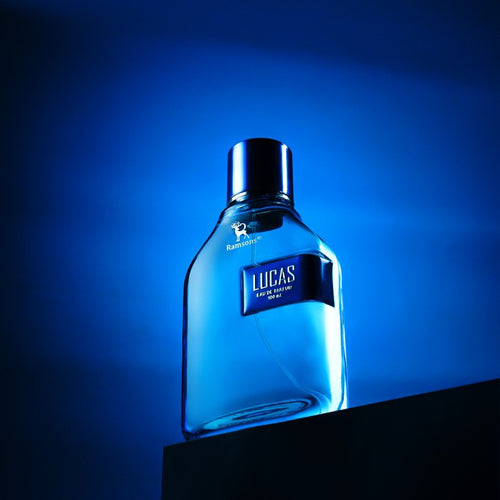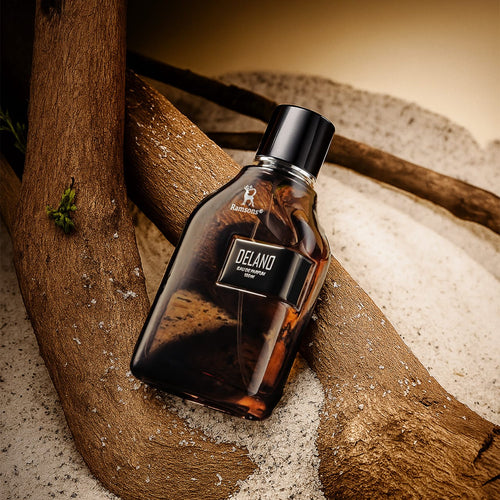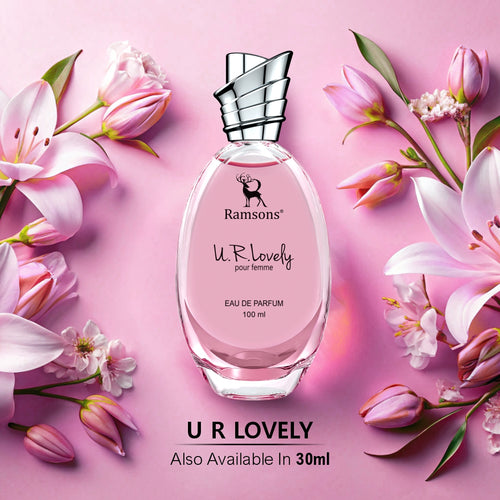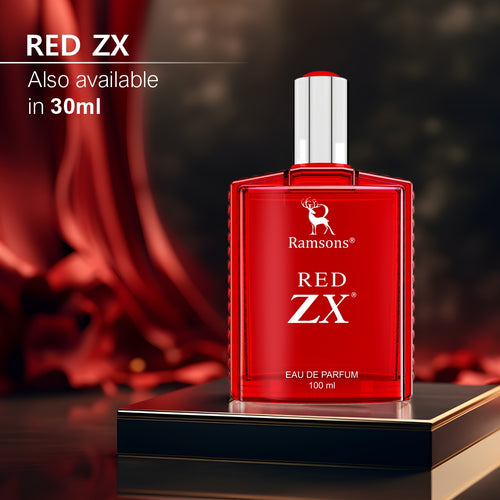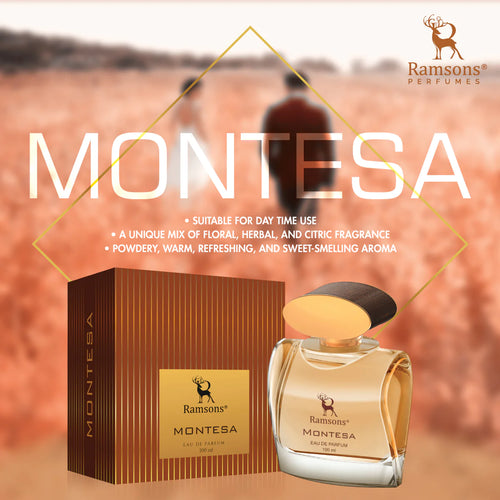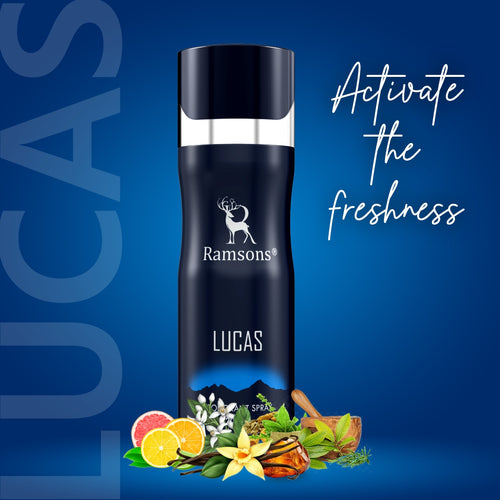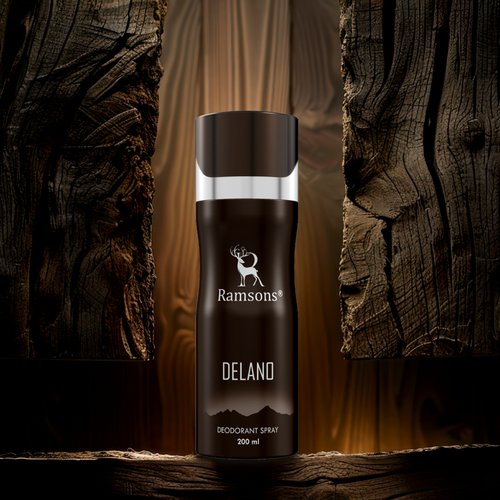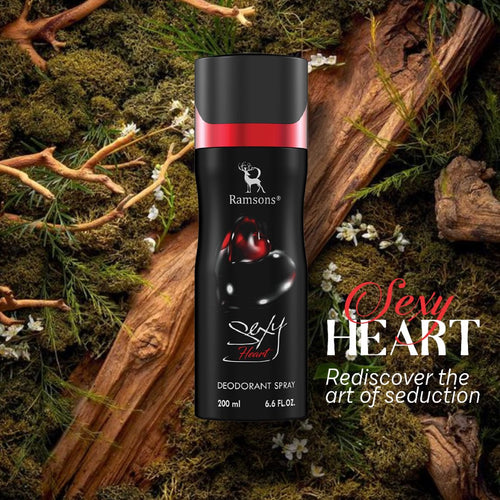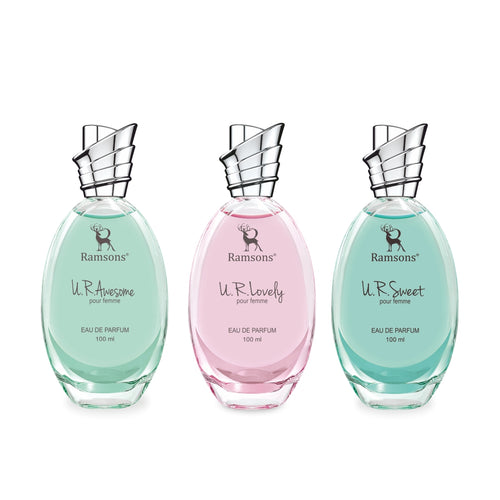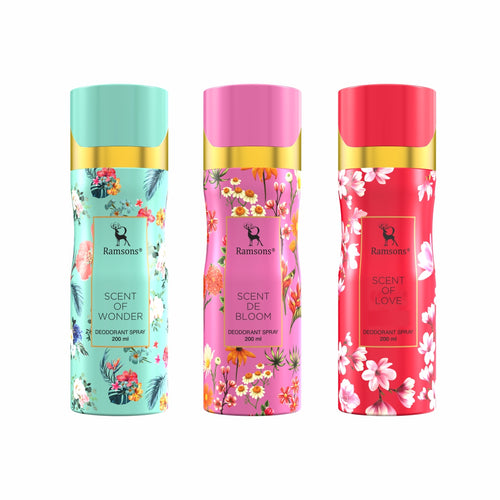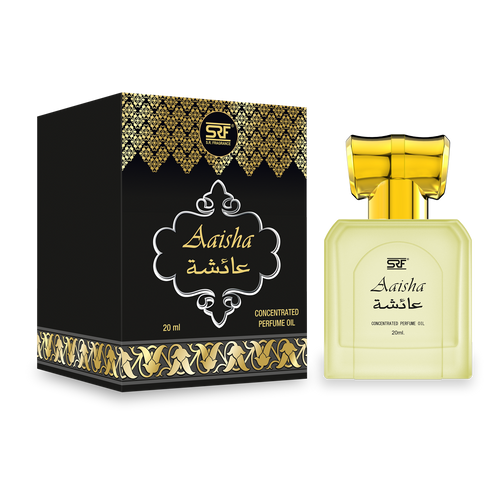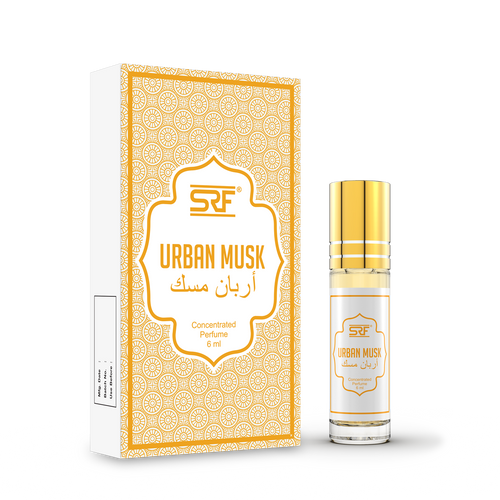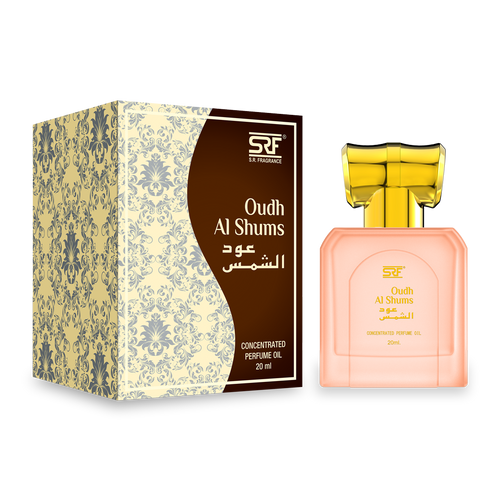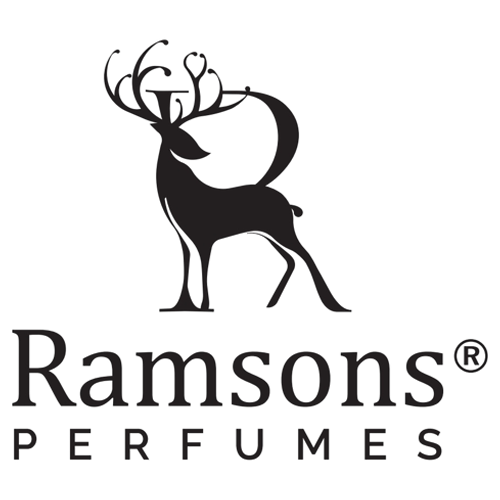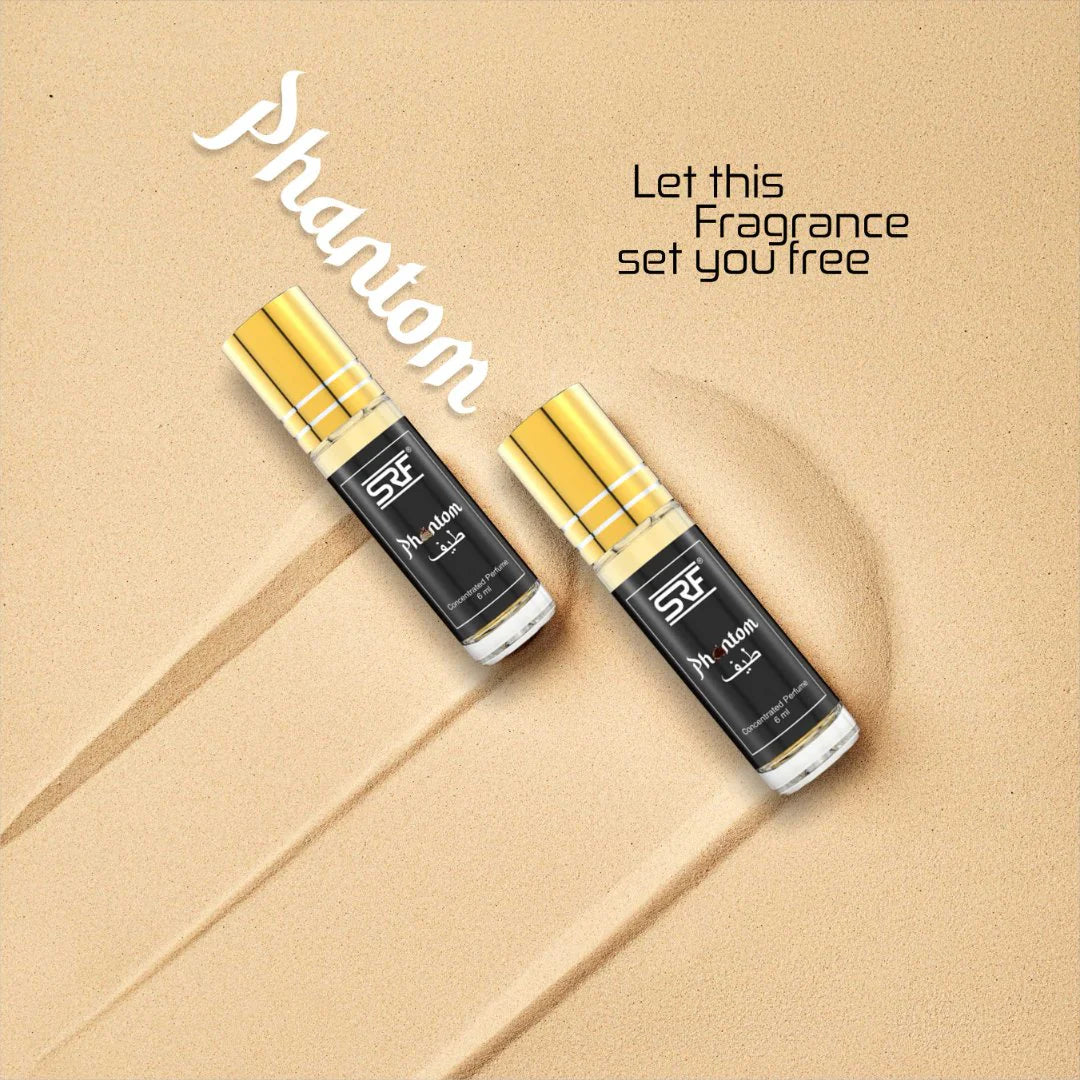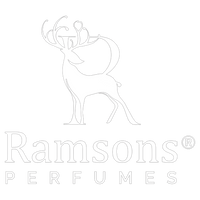Phantom - Concentrated Perfume Oil - 6ML
The world of natural perfumes, often referred to as attars, is as ancient as the art of scent-making itself. With a rich cultural heritage, particularly in regions like the Middle East and India, attars have long been celebrated for their purity, longevity, and the emotional depth they evoke. If you are new to the world of attars and natural perfumes, this beginner's guide will take you through everything you need to know about them — from their origins and creation processes to their application and the unique appeal they hold in today's fast-paced, synthetic fragrance world.
-
What is Attar?
Attar, also known as ittar, is a term used for natural perfumes derived from botanical sources, often flowers, herbs, spices, and even woods. Unlike synthetic perfumes that are created in laboratories, attars are produced through steam distillation or hydrodistillation, a traditional process that dates back thousands of years. This method extracts the essential oils from natural substances, leaving a pure, highly concentrated perfume oil that is completely free from alcohol and chemicals.
One of the main characteristics of attar is its longevity. Since it is oil-based, it tends to last much longer on the skin compared to alcohol-based perfumes, which tend to evaporate quickly.
-
The History of Attar
The production and use of attar have deep roots in Indian, Arabic, and Persian cultures. Historically, attars were used not only for personal scent but also for religious rituals, medicines, and even as aphrodisiacs. The Mughal emperors in India were particularly known for their love of attars, with some rulers even commissioning specific blends for their personal use.
The word "attar" itself is derived from the Arabic word "itr," which means perfume. With the expansion of trade routes, attars found their way across the globe, spreading to Europe and other parts of Asia, where they continued to evolve and influence the world of fragrance.
-
How Attar is Made: The Process of Distillation
The making of attar is a time-honored tradition passed down from generation to generation. Here’s an in-depth look at the process:
1. Extraction of Raw Materials
The first step in attar production is the collection of raw materials. Flowers like rose, jasmine, tuberose, and vetiver are commonly used, but other botanicals such as sandalwood, agarwood (oud), and saffron also play significant roles in attar creation.
2. Steam Distillation
The raw materials are placed in a copper pot, known as a "deg," which is filled with water. The pot is then sealed and placed over a low flame. As the mixture heats up, steam is produced, carrying the essential oils from the raw materials into a condensing pipe.
3. Condensation and Collection
The steam is condensed in another vessel, usually made of copper, where the water and oil separate naturally. The oil that floats to the top is the attar, which is then collected and aged for several years in some cases, allowing the fragrance to mature and develop richer, deeper notes.
4. Blending
Some attars are blended with other natural oils, such as sandalwood, to create complex and layered fragrances. The art of blending requires expertise and experience, as each component of the attar must complement the others without overpowering them.
-
Popular Types of Attars
Attars come in a wide range of fragrances, each offering a unique sensory experience. Some of the most popular varieties include:
1. Rose Attar
Rose attar, or gulab attar, is one of the most popular types of attars. It is made from Rosa damascena (Damask rose) petals, known for their sweet, floral aroma. Rose attar has been used for centuries in India and the Middle East for both personal and religious purposes.
2. Jasmine Attar
Jasmine attar has a rich, sweet fragrance that is deeply associated with romance and femininity. It is commonly used in ceremonies and as a natural aphrodisiac.
3. Oud Attar
Oud attar is made from the resin of the agarwood tree, which is prized for its deep, smoky, and woody scent. It is one of the most expensive and highly sought-after attars in the world.
4. Sandalwood Attar
Sandalwood attar is derived from the Santalum album tree and has a warm, creamy, and woody fragrance. Sandalwood is a traditional base for many attars, thanks to its ability to enhance the longevity of the scent and blend well with other fragrances.
-
Why Choose Attar over Synthetic Perfumes?
There are several reasons why natural perfumes like attar have made a strong resurgence in recent years:
1. Purity
Attars are 100% natural, free from harmful chemicals, alcohol, and synthetic additives. For individuals who are sensitive to synthetic fragrances or have skin conditions, attars provide a safer, skin-friendly option.
2. Longevity
As mentioned earlier, attars are oil-based, meaning they tend to last longer on the skin. While synthetic perfumes may fade after a few hours, a single drop of attar can linger on the skin for the entire day.
3. Eco-Friendly
The production of natural attars is more environmentally friendly than synthetic perfumes, which often involve chemical processing and artificial ingredients that can harm the environment. Additionally, attars are often packaged in reusable and recyclable containers, reducing waste.
4. Customization
Attars offer a unique opportunity for customization. Because they are often sold in concentrated form, wearers can mix different attars to create a bespoke fragrance that reflects their personality and mood.
-
How to Apply Attar
Applying attar requires a different approach than spraying synthetic perfume. Since attar is highly concentrated, only a small amount is needed. Here’s how to apply it effectively:
1. Pulse Points
Dab a small amount of attar on your pulse points, such as the wrists, behind the ears, or the neck. The warmth of your body in these areas will help the fragrance to diffuse and last longer.
2. Hair and Clothing
You can also apply a tiny amount to your hair or clothing, but be mindful that attars can sometimes leave oil stains on certain fabrics. It's best to test on an inconspicuous area first.
3. Layering
Many attar enthusiasts like to layer their fragrances by applying different attars to different parts of the body. This can create a complex and personalized scent profile that evolves throughout the day.
-
The Future of Attars: A Sustainable Fragrance Movement
With the growing interest in sustainable and eco-friendly products, the demand for attars is expected to continue to rise. As more people become aware of the environmental impact of synthetic fragrances, natural perfumes like attar offer a guilt-free alternative that doesn’t compromise on quality or luxury.
Moreover, with the rise of niche perfume brands and artisanal scent creators, attar has found a new generation of enthusiasts who appreciate the craft, artistry, and sustainability behind each bottle.
If you're looking to add a luxurious, long-lasting, and environmentally friendly scent to your collection, there has never been a better time to explore the world of attars.
